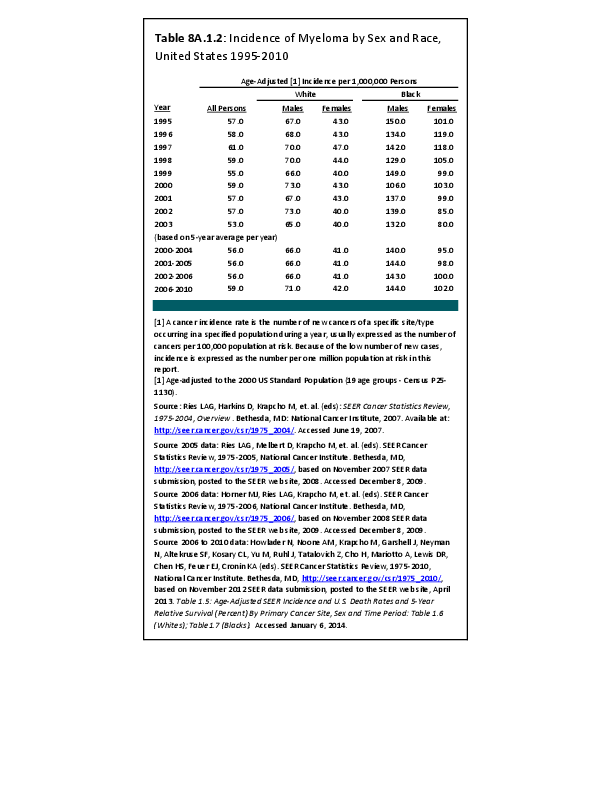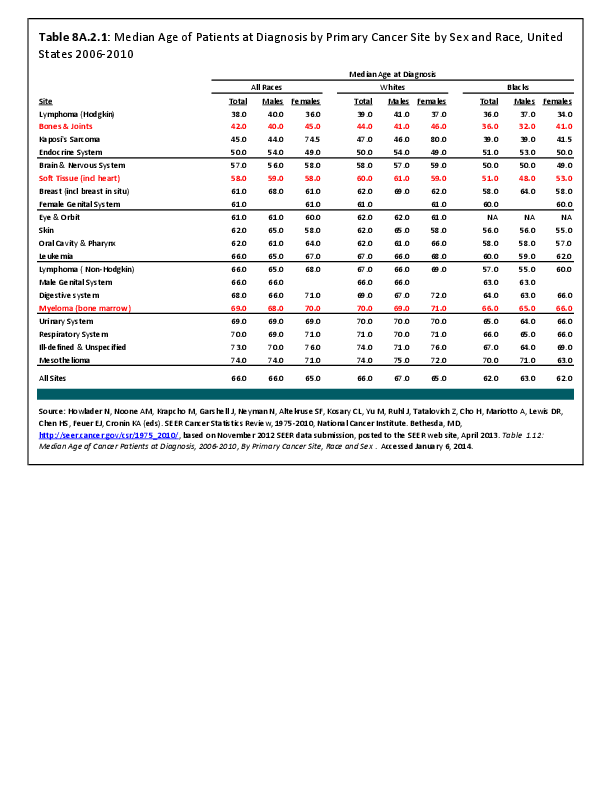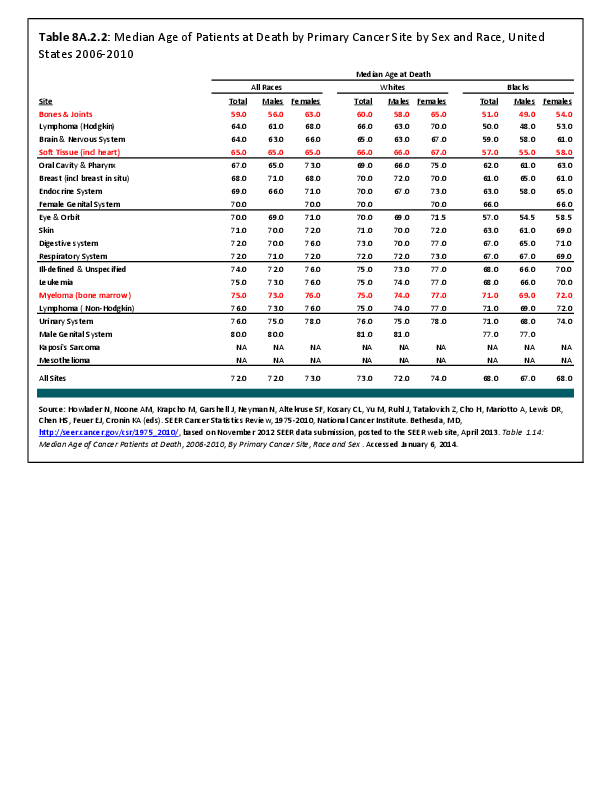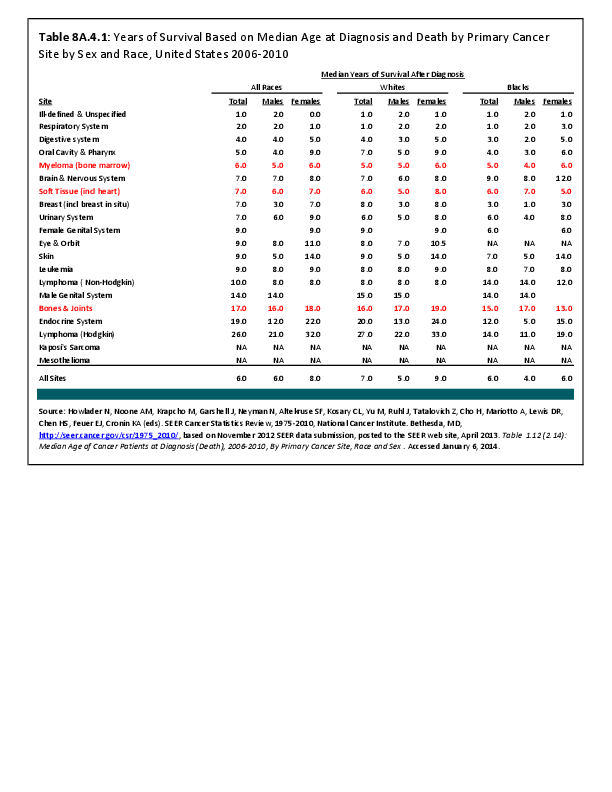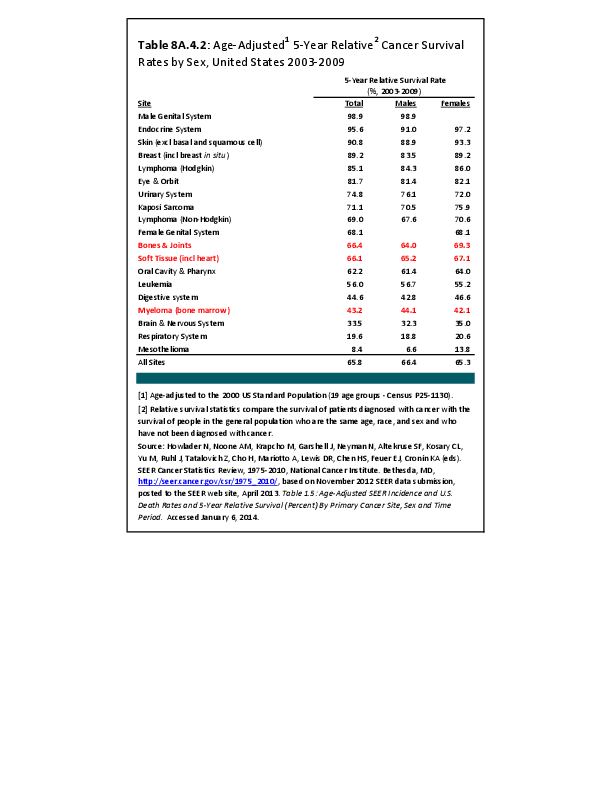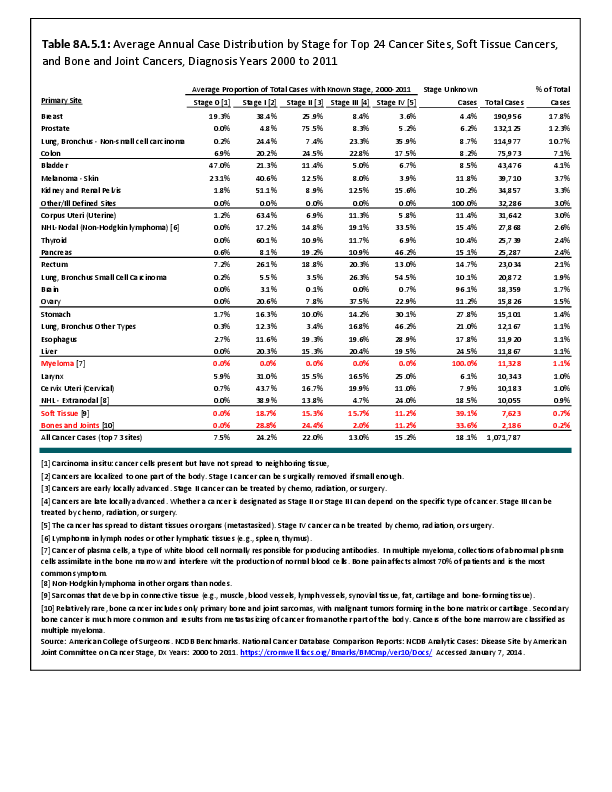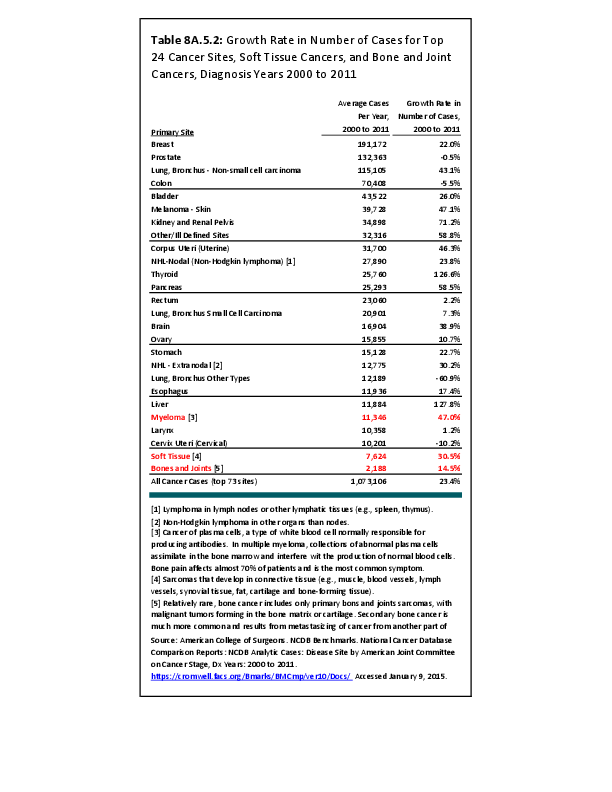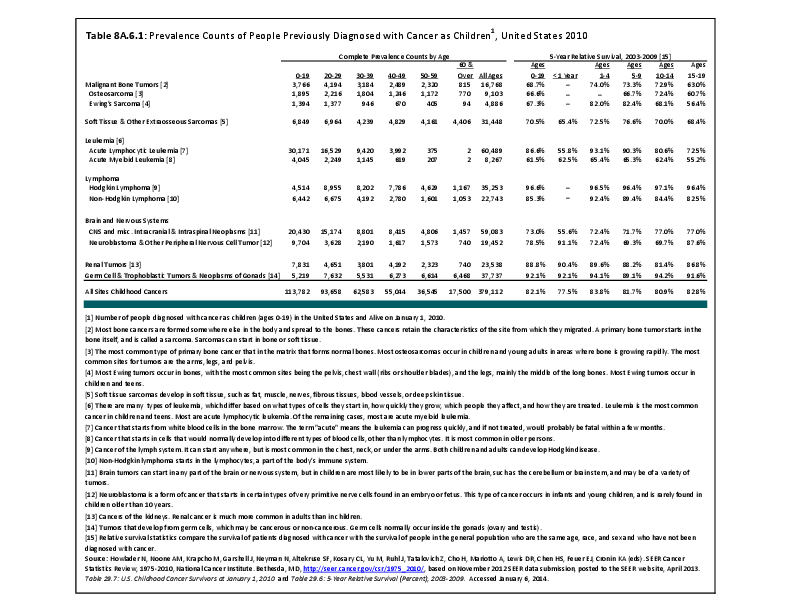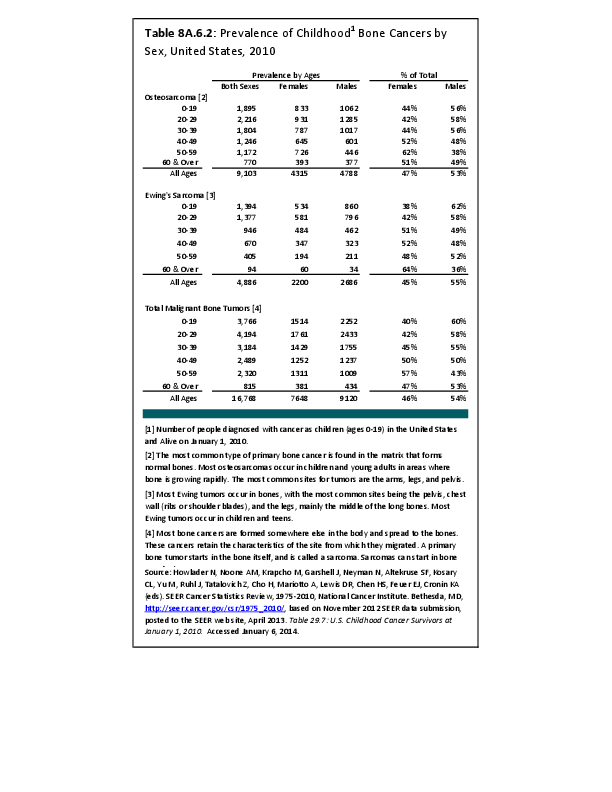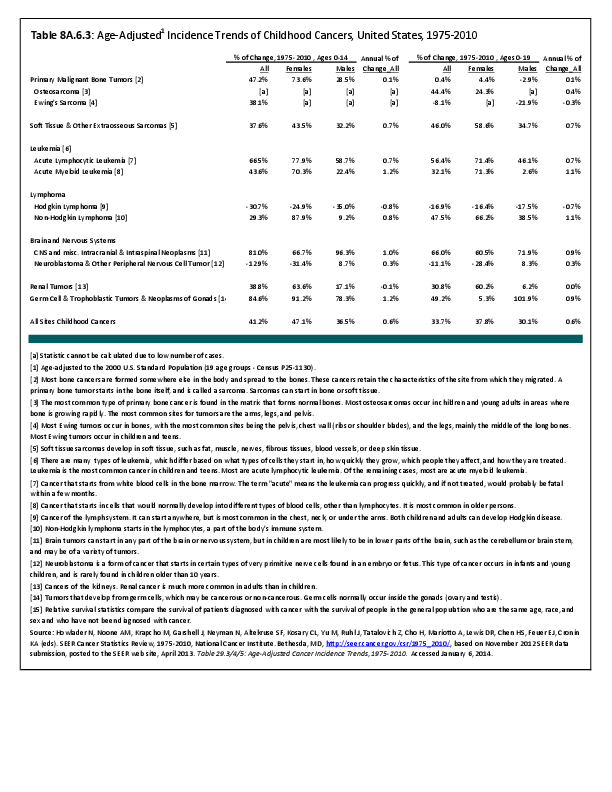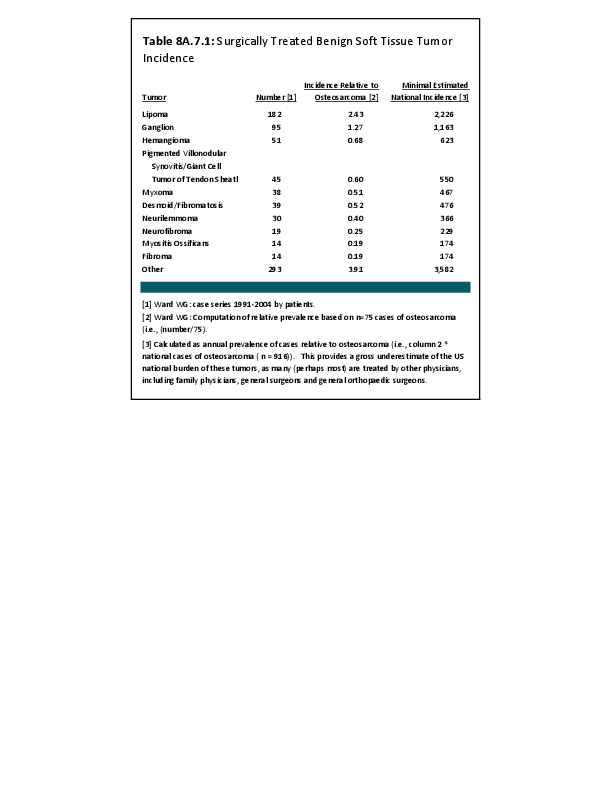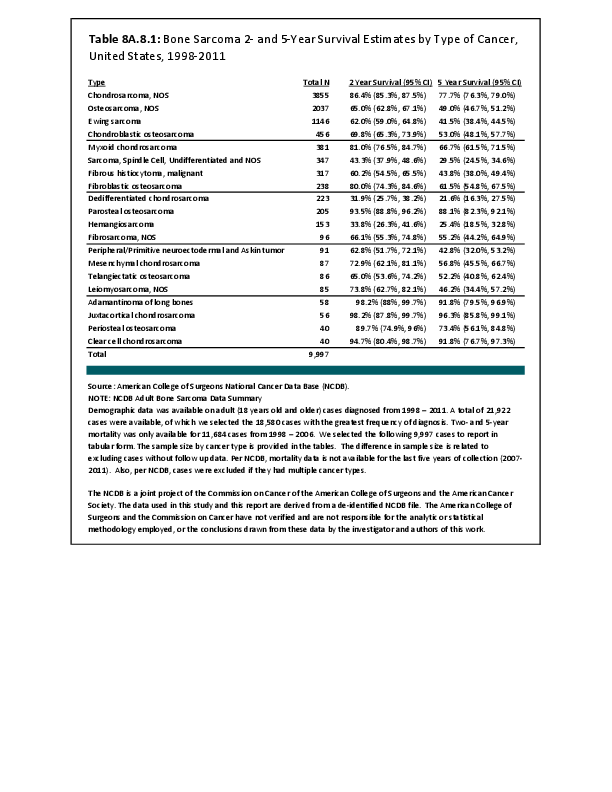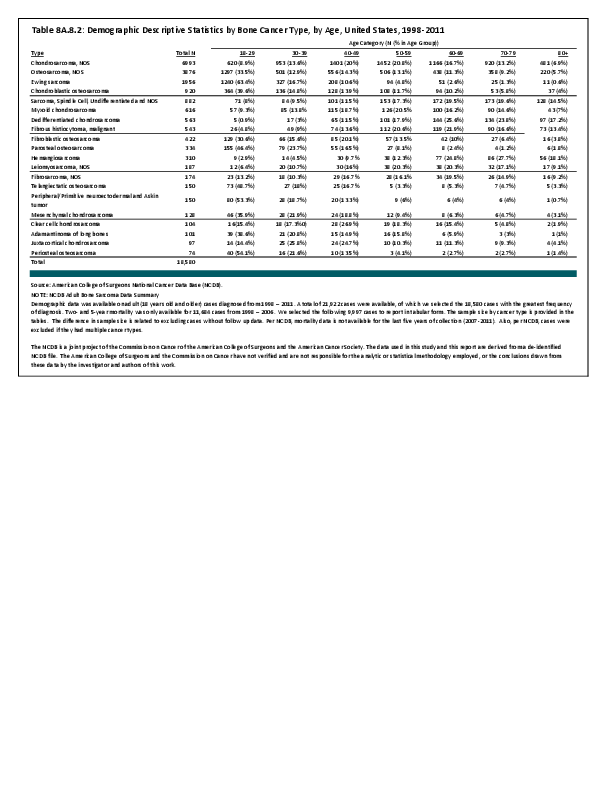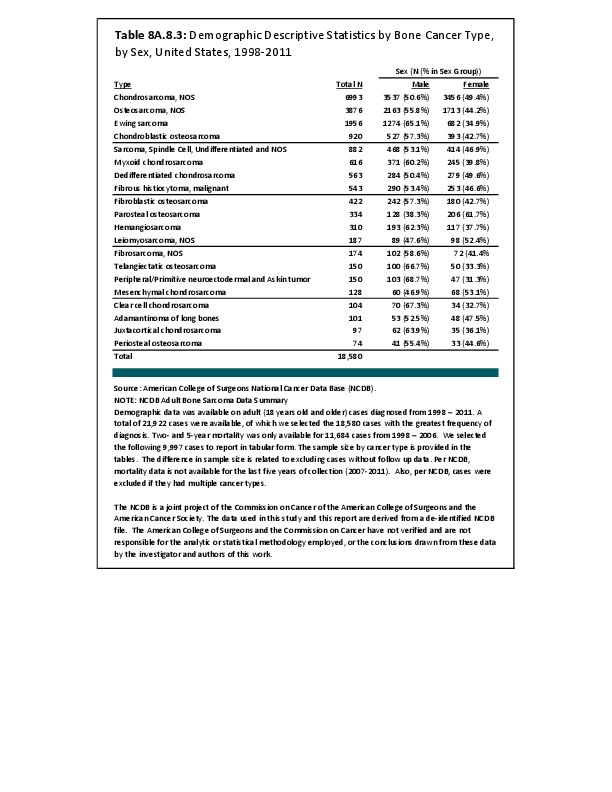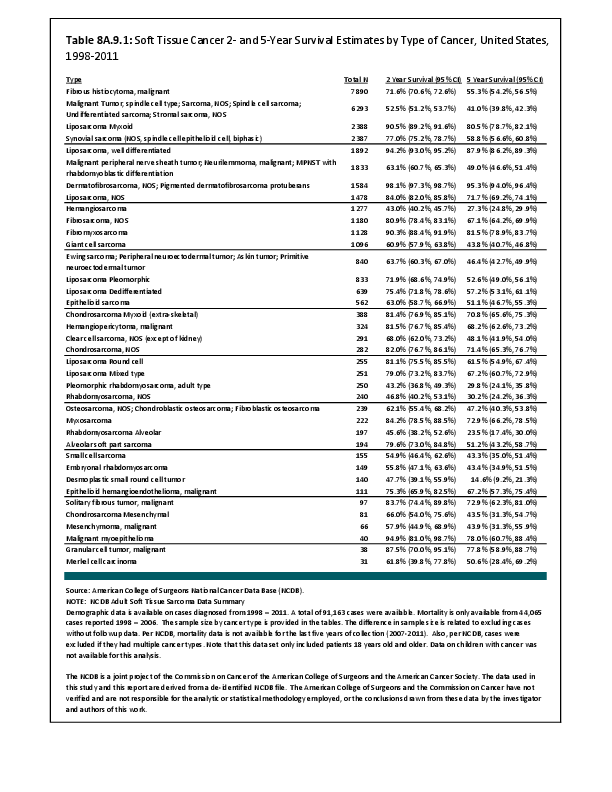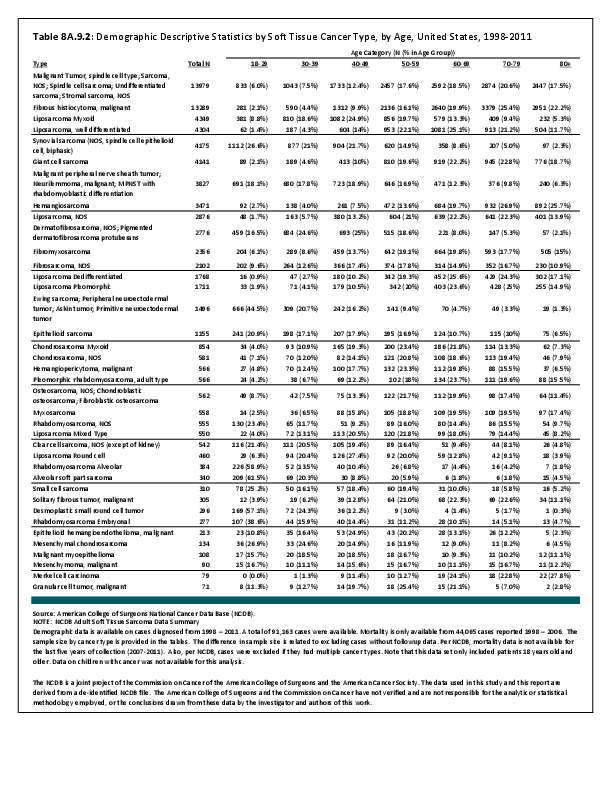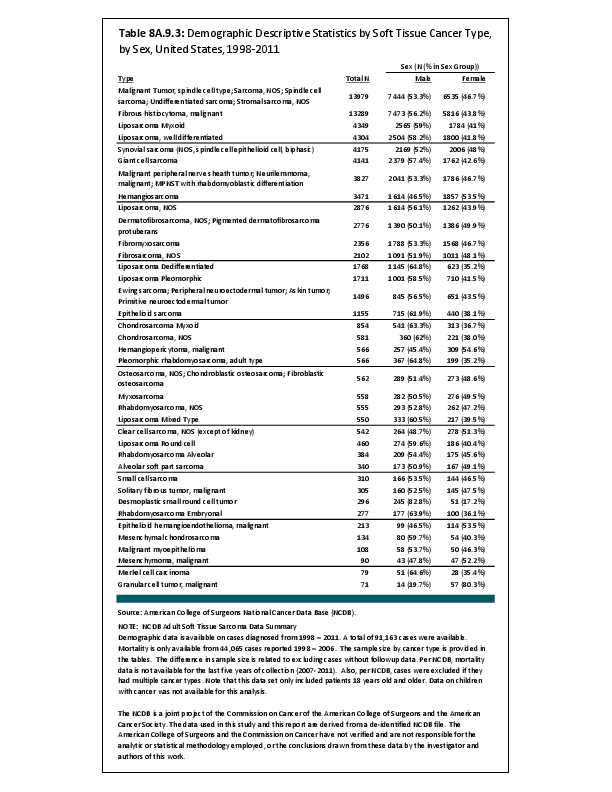The high incidence and mortality rate of bone cancers among children, youth, and young adults creates a significant burden on the productivity and life of future generations. Apart from the financial costs, emotional toil, and lost lives from the initial treatments, survivors carry significant functional burdens and continuing care costs. At least 75% of surviving bone and joint cancer patients are treated with limb-salvaging surgery. These surgeries most often require implantation of massive bone-replacing endoprostheses that have limited life span and compromised function, requiring periodic surveillance and revision surgery to repair or replace worn parts. The amputated survivors will require prosthetic limbs, the function of which is clearly limiting in comparison to normal activity. Both procedures are expensive. The cost estimate nearly ten years ago was $25,000 per year for artificial limb replacement of an amputated limb in an active 20- to 30-year- old man in 1997 dollars. The cost estimate was $23,500 for implant, rehabilitation, monitoring, and replacement with limb salvaging endoprostheses.1 More recent cost estimates are not available. Due to chronic pain and overall dysfunction, a large number of such survivors will end up on disability, requiring public support for the majority of their adult lifetime.
- 1. Grimer RJ, Carter SR, Pynsent PB: The cost-effectiveness of limb salvage bone tumors. J Bone Joint Surg Br 1997;79:558-561.
Edition:
- 2014

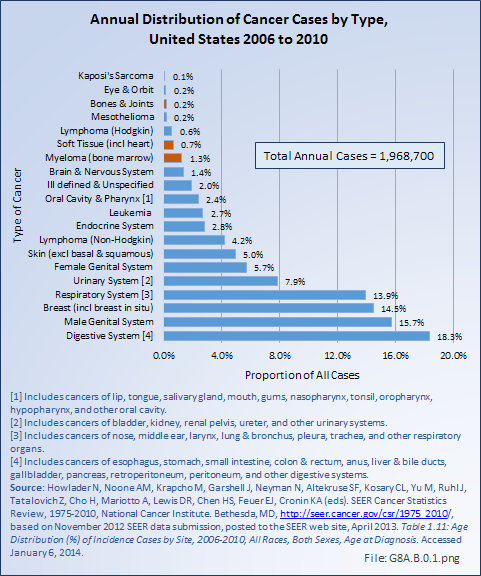
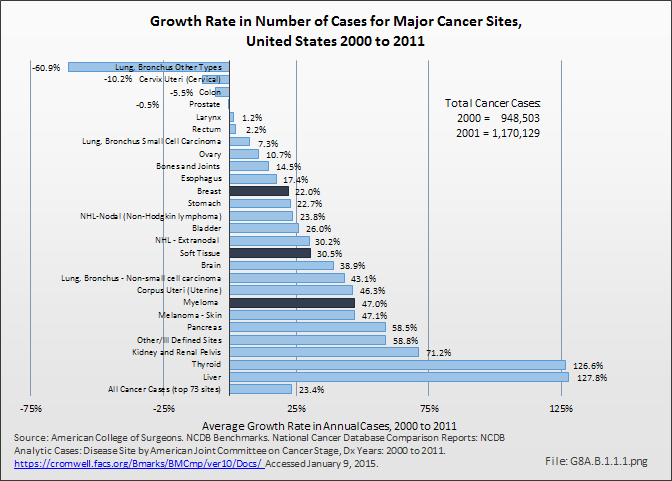
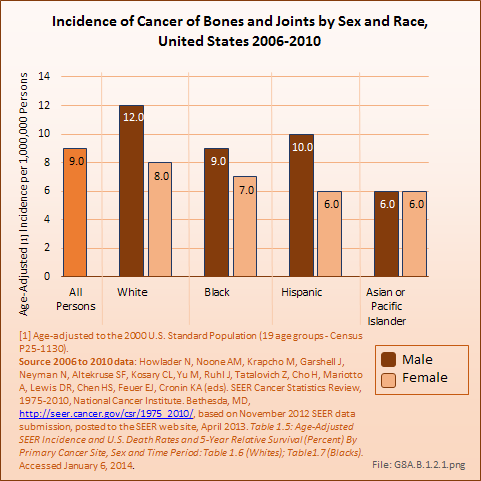
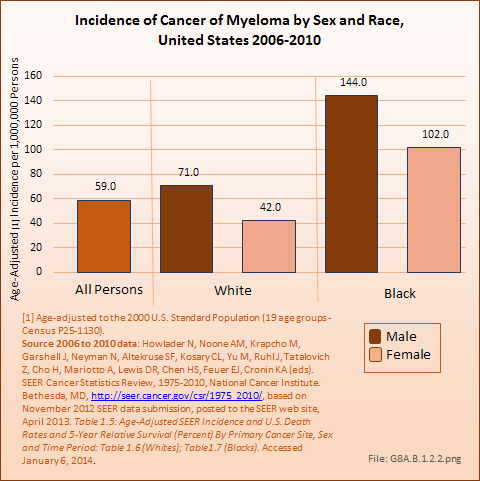
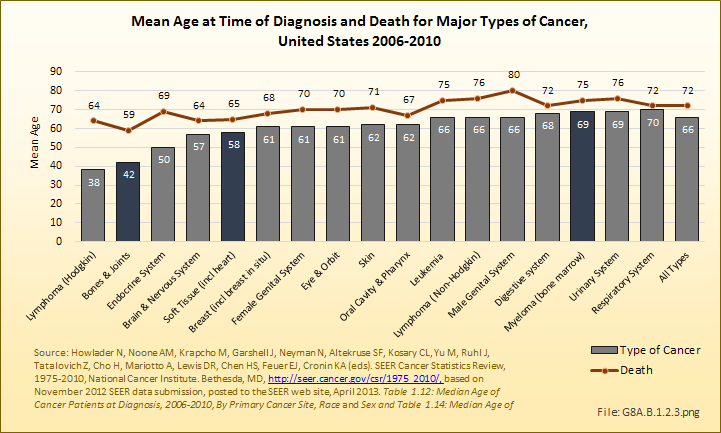
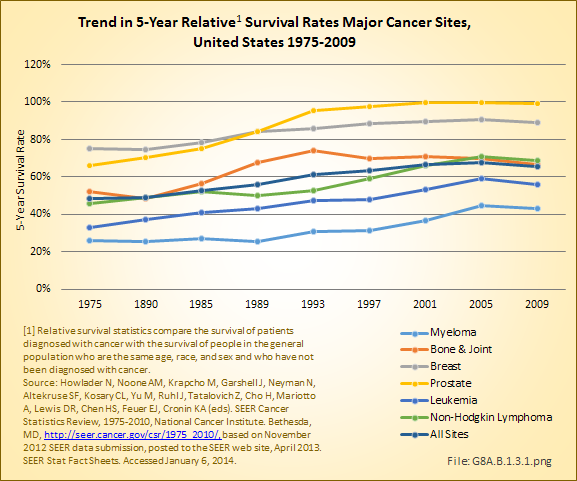
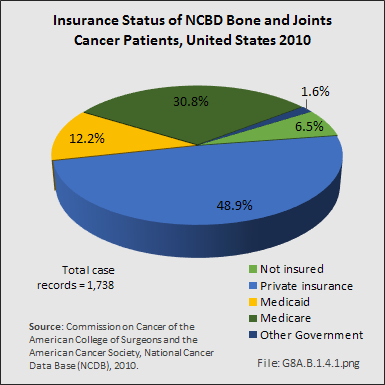
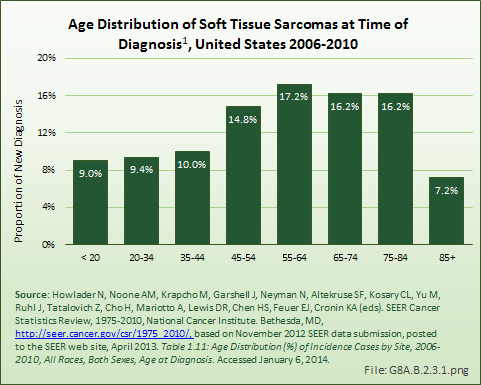
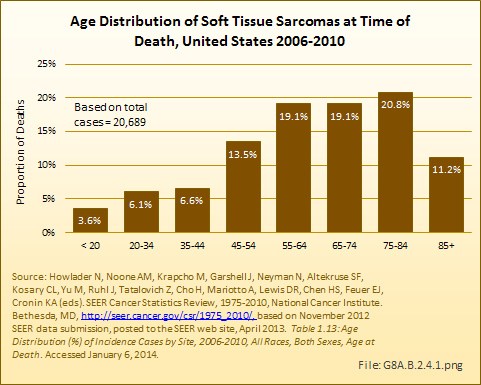
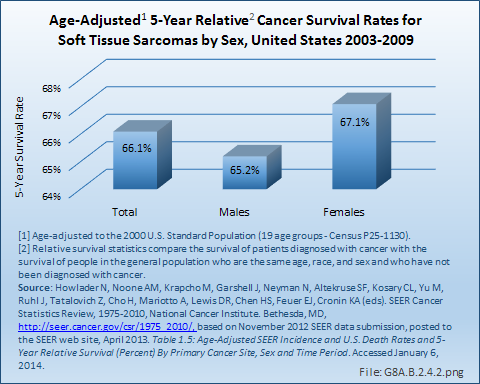
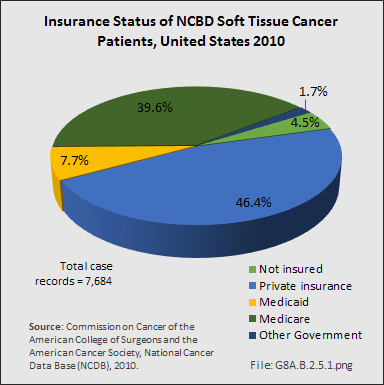
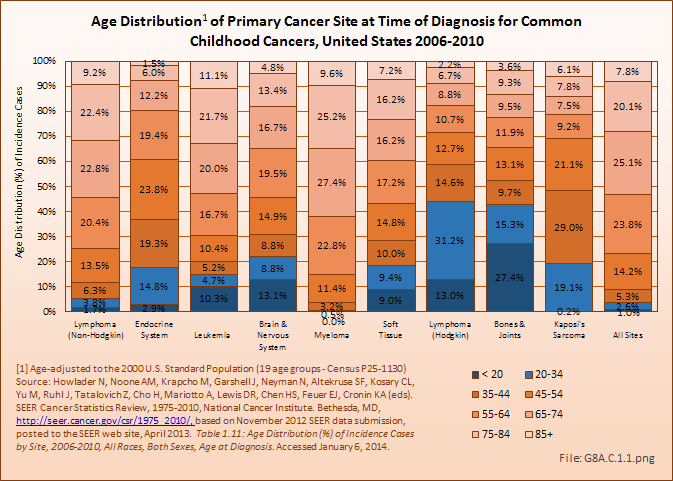
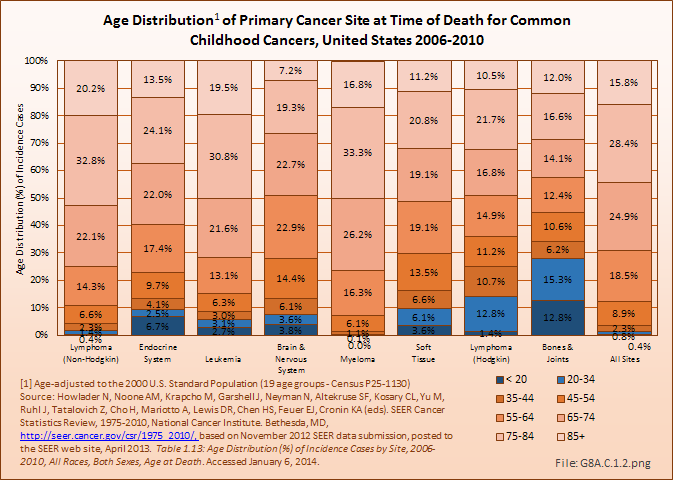
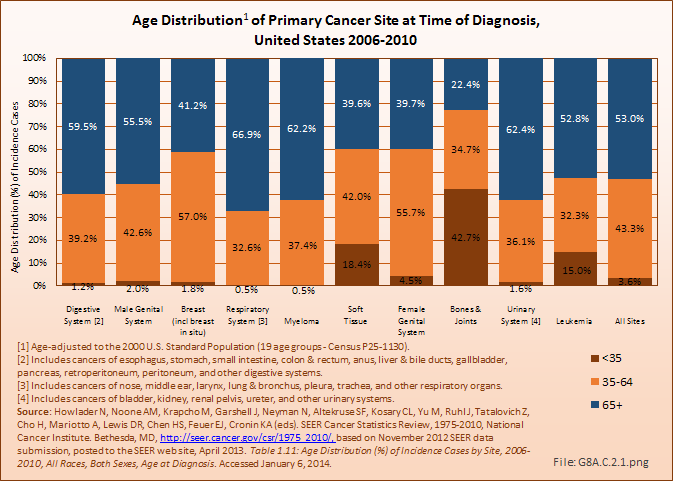
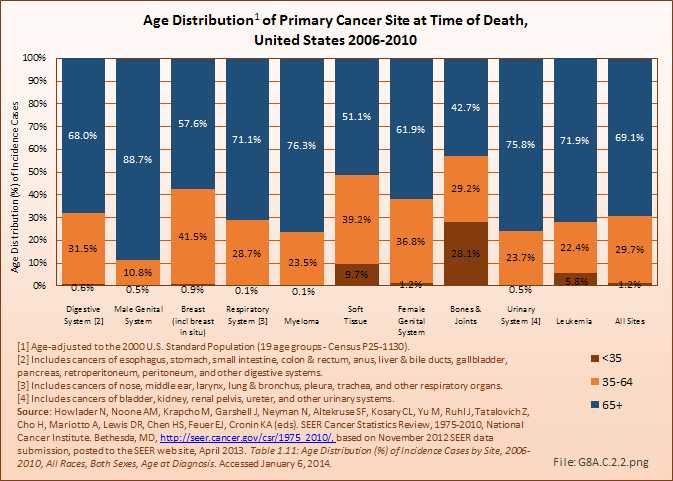
 Download as CSV
Download as CSV
